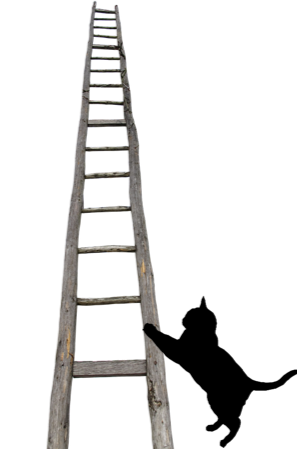The matrix elements of angular momentum ladder operators play a crucial role in quantum mechanics, facilitating transitions between different angular momentum states and providing insight into the underlying symmetry of quantum systems.
From eq132 of the previous article, we have
From eq113 where and eq130, we have
Comparing eq134 and eq135, both eigenstates and
are associated with the same eigenvalue
. Therefore, one must be proportional to the other (e.g. the eigenstates
and
have the same eigenvalue), i.e.
Similarly, for the lowering operator (using eq114), we have,
where and
are scalars; or in summary
If the complete set of eigenstates is normalised, multiplying the above equation on the left by gives the matrix elements of
:

From eq116, we have . Using eq132 and eq133,
From eq136 and eq137
Comparing eq140 and eq141

Question
Show that .
Answer
From eq139, where we let
Substituting eq109 in the above equation
Since and
are Hermitian,
Substituting eq108 in the above equation
Substituting eq139 in the above equation
Therefore, .
Substituting in eq142
Substituting the above equation in eq136,
To find , we repeat the above steps for eq139 onwards and using eq115 to give
From eq137,
Comparing eq145 and eq146,
Substituting eq143, where , in the above equation
Substituting the above equation in eq137,
Combining eq144 and eq147